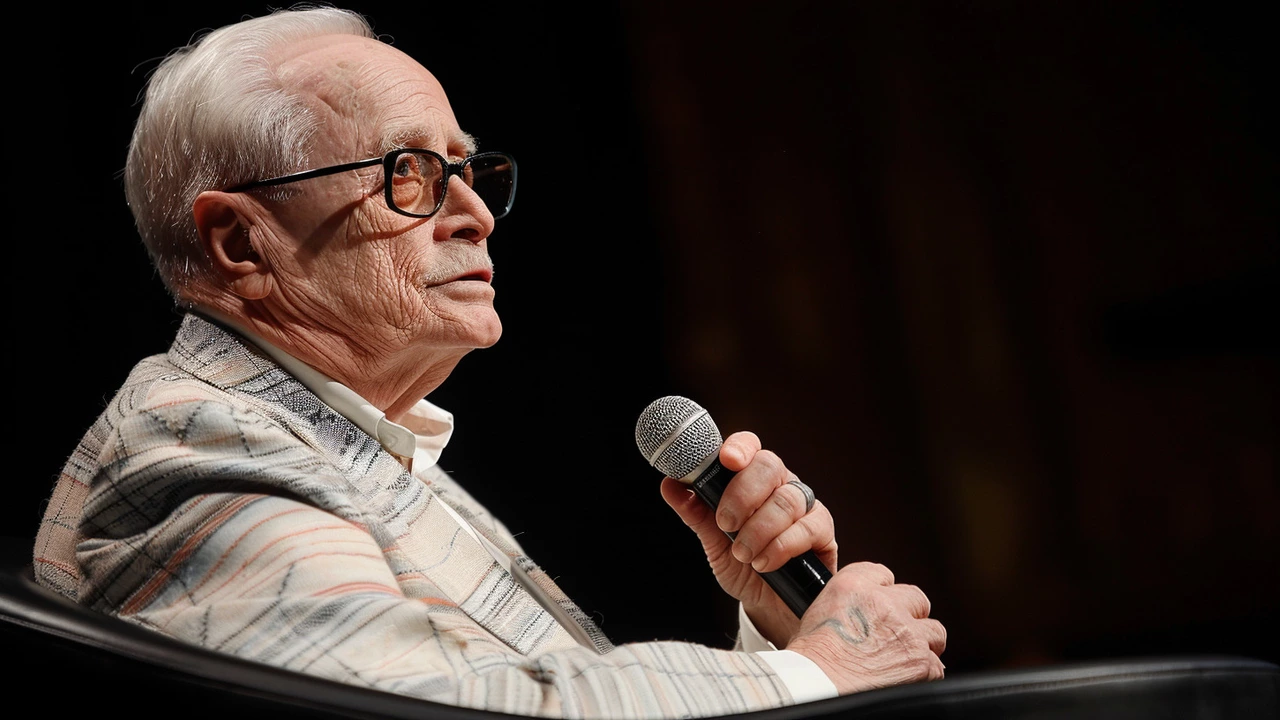Outrage and Walkouts: What Triggers the Biggest Walk‑Out Moments?
Ever watched a race or a live show and suddenly saw a crowd or a driver leave the stage? That sudden exit isn’t random – it’s usually a response to something that feels unfair or wrong. From a photo‑finish controversy at Le Man to a star’s heartfelt tribute that sparked a wave of conversation, these moments of outrage tell a lot about what fans and participants value.
What Sparks Outrage?
Outrage starts when expectations clash with reality. In motorsports, that clash can be a rule change, a safety issue, or a decision that seems to favor one side. Take the 1966 Le Mans race: the Ford team staged a finish that left many fans feeling cheated, and Ken Miles ended up second despite running the fastest. That feeling of a ‘rigged’ outcome made headlines and still fuels debates today.
Outside the track, personal news can also ignite strong reactions. When Bollywood actors Katrina Kaif and Vicky Kaushal announced a pregnancy, fans flooded social media with joy, but a few critics questioned the timing and media hype. Even though it’s a happy story, the mixed response shows how quickly public sentiment can swing from support to scrutiny.
How Walkouts Change the Game
Walkouts turn outrage into a visible statement. When a driver pulls out of a race, it sends a clear message to organizers: something must change. In IndyCar, drivers have walked off the grid over safety concerns, prompting faster track upgrades and stricter car checks. Those actions force officials to listen, because an empty lane hurts TV ratings and sponsor money.
In the entertainment world, a tribute can spark a walkout of sorts. Debby Ryan’s Instagram post about Jeff Baena’s death opened a raw conversation about grief, leading many fans to step back from the usual glossy celebrity feed and engage with deeper topics. That shift shows how a single voice can cause people to ‘walk away’ from superficial content and demand honesty.
Walkouts also impact the business side. Formula 1’s limited presence in the U.S. isn’t just about costs; it’s about audience outrage over missing local heroes and accessible tickets. Fans have voiced that frustration by skipping races, which eventually pushed F1 to add more American events like the Austin Grand Prix.
When it comes to MotoGP, the dominance of Spanish and Italian riders isn’t a cause for walkouts, but it does stir conversation about fairness and opportunity. Fans from other countries sometimes feel left out, leading to calls for more diverse talent development programs. Those calls can pressure teams to scout talent globally.
So, what can you do when you see outrage building? First, stay informed – know the facts behind a controversy. Second, use your platform, whether it’s a comment, a tweet, or a simple share, to voice what matters. And third, watch how organizers respond. If they make real changes, that’s a win for everyone.
Outrage and walkouts are powerful tools. They highlight problems, force dialogue, and can reshape entire industries. The next time you see a crowd standing up or a driver pulling out, remember it’s not just drama – it’s a call for something better.
